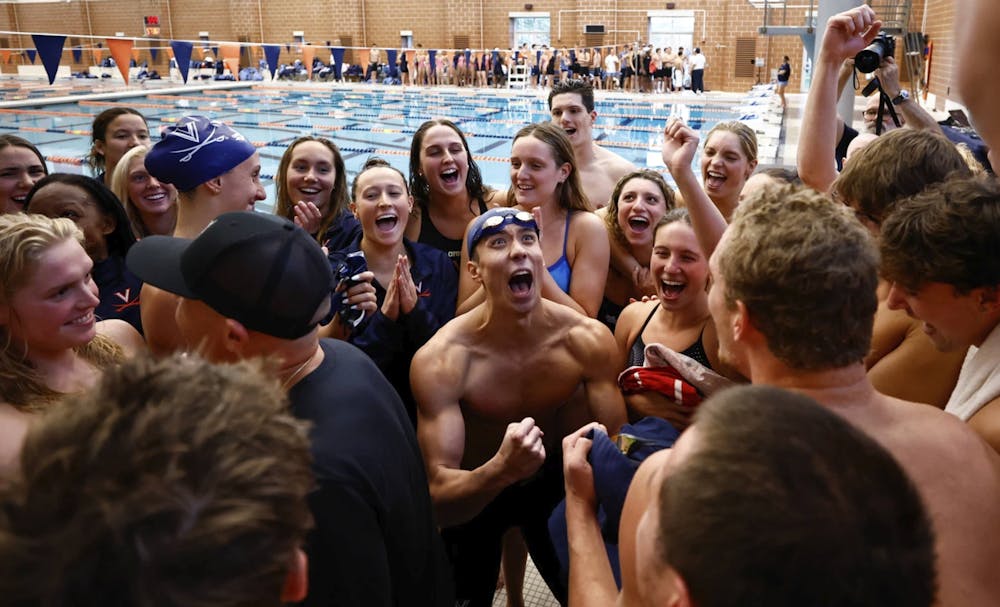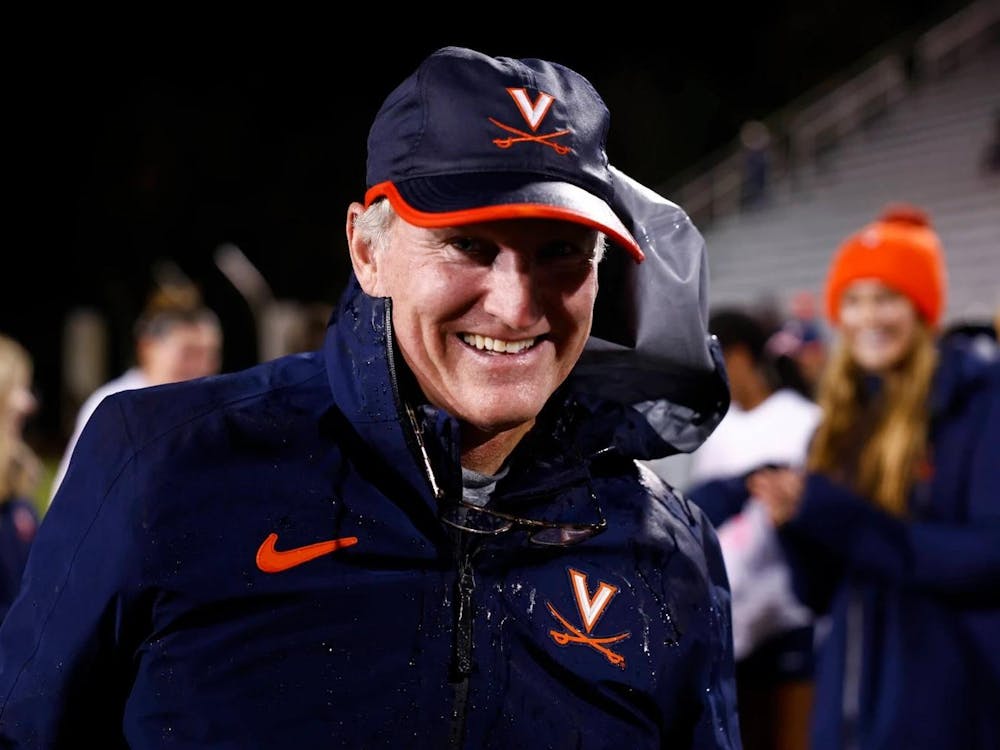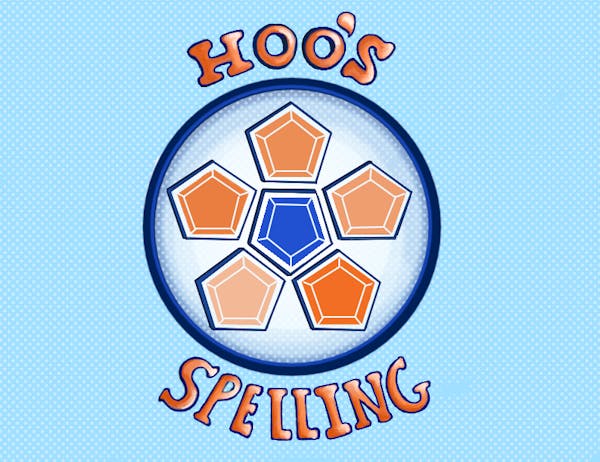Virginia swimming is about to enter uncharted waters. The Cavalier men’s and women’s teams will head to Knoxville, Tenn. for the inaugural CSCAA Dual Meet Challenge Friday through Sunday — a competition format set to put a tournament twist on college swimming.
Four of the nation’s powerhouse swimming programs will race for the overall title — Virginia from the ACC, Tennessee from the SEC, Arizona State from the Big 12 and Michigan from the Big Ten. The Dual Meet Challenge will be the Cavaliers’ final meet of the fall semester after competing in only three scheduled duals to date.
With the bracket now set, Friday’s opening 3 p.m. session will feature both Virginia teams — the No. 1 Cavalier women will race the No. 18 Sun Devils and the No. 12 Virginia men will face No. 2 Arizona State. Friday’s results will dictate participation in at least one of Saturday’s duals, scheduled for 12 p.m., 3 p.m. and 6 p.m. Sunday will feature a race for third at 10 a.m. and the championship meet at 12:45 p.m.
In many ways, the Dual Meet Challenge is a pilot program for what college swimming meets could become — fast-paced and fan-focused with creative formats, providing top teams with head-to-head competition more often in the build to championship season. The Cavaliers are not just participating, but helping lead that charge.
“[This meet] is exactly the kind of innovative, high-level competition that aligns with how we approach our program,” Coach Todd DeSorbo said of the event’s novel concept. “It’s a chance to elevate college swimming, bring new fans into the sport and challenge our athletes in a format built for the next generation.”
The Dual Meet Challenge arrives at an ideal juncture for the Virginia women. Having cruised through early dual meets — including a 224–127 thrashing of then-No. 6 Florida on the road — the Cavaliers will now race three other top-20 programs in a high-pressure environment, providing an opportunity to simulate postseason pressure for a team that, at least in the past five years, rarely faces real threats through January.
Virginia’s women have not lost a relay yet this season, so this meet will serve as a proving ground for DeSorbo’s four-person rotations. Notably, the Cavalier women are still chasing the No. 1 overall ranking in the country in the 400-yard freestyle relay behind NC State, Tennessee and Louisville, despite holding the top spot in the 200-yard freestyle and 200- and 400-yard medley relays — so a potential head-to-head against Tennessee in that event could indubitably be the relay of the meet.
Individually, the women’s 100- and 200-yard freestyle might be the races to watch of the Dual Meet Challenge. Sophomore Anna Moesch currently holds both of the top times in the nation at 46.52 and 1:41.42 — the latter being the quickest October swim in NCAA history by more than a second.
Moesch is chased by Tennessee junior Camille Spink in the 100 and Michigan junior Bella Sims in the 200, both of whom are ranked second behind Moesch by just 0.01 seconds in each event, at 46.53 and 1:41.43. These times are the only 46s and 1:41s the NCAA has seen so far this season, if you also include the 1:41.85 swum by senior Olympian Aimee Canny.
On the men’s side of the meet, DeSorbo’s freshman class has been heralded as a program-flipper — and so far, they are living up to their billing. After a couple of down years, the Cavalier men have already avenged some of last season’s setbacks.
A wave of teenage talent has been the clear difference maker for the roster — starting with freshmen Thomas Heilman and Maximus Williamson, unanimously touted as the top two recruits in the class. Heilman has already posted nation-leading times in the 200 butterfly and top-three marks in the 100 fly, while Williamson has rocketed up the 200 freestyle and 200 IM rankings, anchoring a revitalized Cavalier relay contingent. Surrounded by a deep supporting freshman class, Virginia’s men now have the ability to steal big points rather than merely survive against top-10 teams.
In their opener at Florida, the then-No. 13 Cavaliers pushed the No. 4 Gators to the brink, ultimately falling 191.5–159.5 due to Florida picking up 32 uncontested diving points. In the swimming events alone, the green Virginia roster duelled Florida to a 159.5-159.5 draw — a massive improvement from a year ago when the Cavaliers managed only 69 points to the Gators’ 231.
The tournament field is stacked with challenges that should illuminate exactly where Virginia’s men stand among the nation’s best. The No. 2 Arizona State men will be a formidable opponent — the Sun Devils won the National Championship in 2024 and remain anchored by All-Americans like junior Ilya Kharun and senior Jonny Kulow in the sprint freestyle and butterfly events.
Meanwhile, No. 9 host team Tennessee will have the home-pool advantage, supported with a cadre of SEC sprint stars — headlined in recent years by NCAA record-holder Jordan Crooks in the 100 freestyle. The No. 11 Michigan men boast a storied history, with alumni such as Michael Phelps, and will compete with a revitalized roster under third year Coach Matt Bowe.
Relays will be central to the Virginia men's hopes. The Cavaliers won both the 400 medley and 400 freestyle relays in Gainesville and have continued to lean on Heilman and Williamson as multi-relay anchors. Suiting up against Arizona State’s NCAA-champion medley relays and Tennessee’s sprint-heavy free relays will indicate how quickly Virginia’s new-look quartets can climb into the national conversation.
For DeSorbo, the Dual Meet Challenge is as much about the long game as the weekend’s results.
“For a long time, it’s been a goal to try to win an NCAA title on both sides in the same year, because I think that’s only been done by two other schools, and it’s been a long time since it’s been done,” DeSorbo said. “So it’s definitely a big priority of ours to get our men to that same level.”
The Knoxville meet also fits into a broader trend reshaping college swimming — meets designed as events just as much as competitions. Tennessee officials have been explicit about the entertainment angle.
“It’s going to be an incredible experience for athletes, fans and the entire swimming and diving community,” Tennessee’s associate athletic director Tyler Johnson said.
Amid financial pressures on Olympic sports from the House settlement and an increasingly crowded college sports landscape, swimming and diving programs are under pressure to prove their relevance.
Events like the Dual Meet Challenge are a deliberate bet that clearer competition, simple scoring and a strong multi-media presence can draw new eyes to a sport that already produces a large share of college-age Olympic talent. CSCAA Executive Director Samantha Barany put it best when describing the unprecedented competition format.
“The time to evolve is now,” Barany said.







